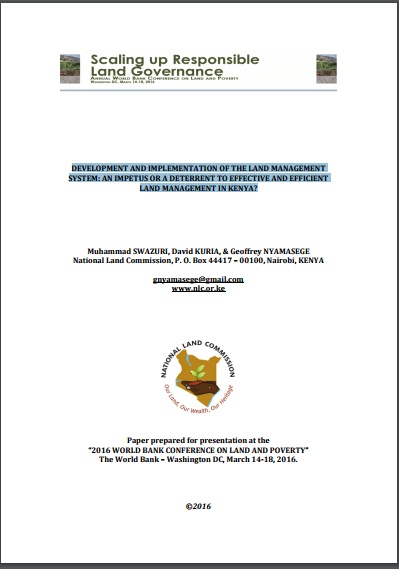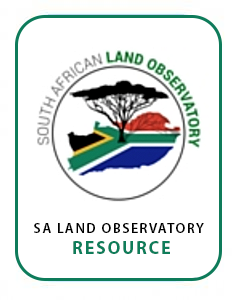27. Community sourced land information influencing national upgrading projects in Colombia, Kenya, Philippines and Uganda: Evidences where the top-down and bottom-up approaches meet - PPT
Community sourced land information influencing national upgrading projects in Colombia, Kenya, Philippines and Uganda: Evidences where the top-down and bottom-up approaches meet








